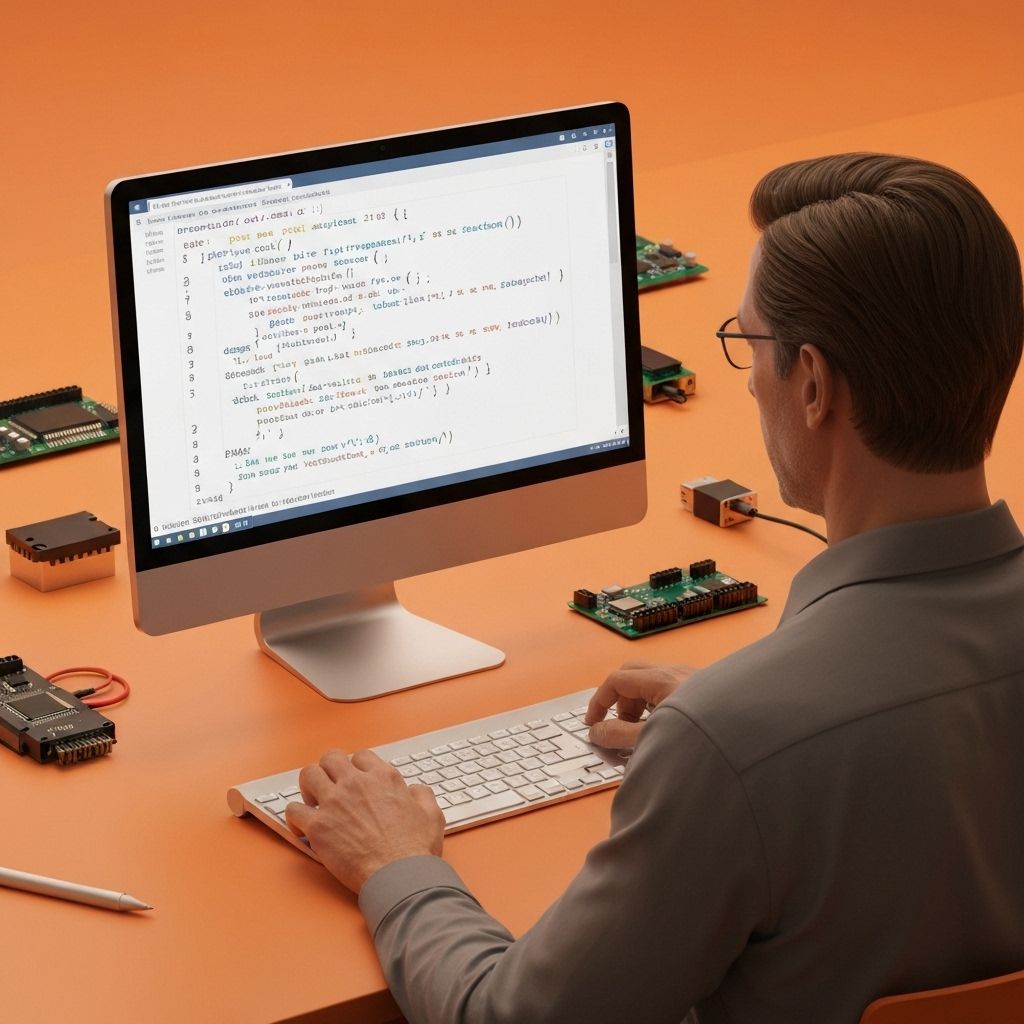The Language That Speaks to Machines

I work with embedded systems every day, and the biggest challenge is often the gap between the hardware and the software. You can have a brilliant microcontroller, but if it's difficult to program, its potential is locked away. This is where Python has been a game-changer for me.
Python, and specifically MicroPython, is the language that lets me "speak" to machines. It has all the libraries and utilities I need to make microcontrollers interactive and intelligent. The fact that I can now use the same high-level language to write a web application and to control a tiny ESP32 board is incredibly powerful. It simplifies the entire development process.
I also believe some of Python's greatest strengths are underrated. People often jump to big frameworks, but I think Flask is one of the most valuable tools for learning. It was only after I truly understood Flask that the architecture of a complex framework like Django made sense. It teaches you the fundamentals of web development from the ground up.
Similarly, Object-Oriented Programming (OOP) is a concept that is often taken for granted. It was only after I began learning OOP—and I cannot say I have fully learned it—that I started thinking about how the human lungs do what they do. I tried to break down the respiratory system into code, including the complex makeup of the air we breathe and a function or method to extract energy from that air. It got incredibly complex, but the exercise was profound. The fundamental understanding of breaking a system down into its core objects and functions is what makes OOP a true marvel.